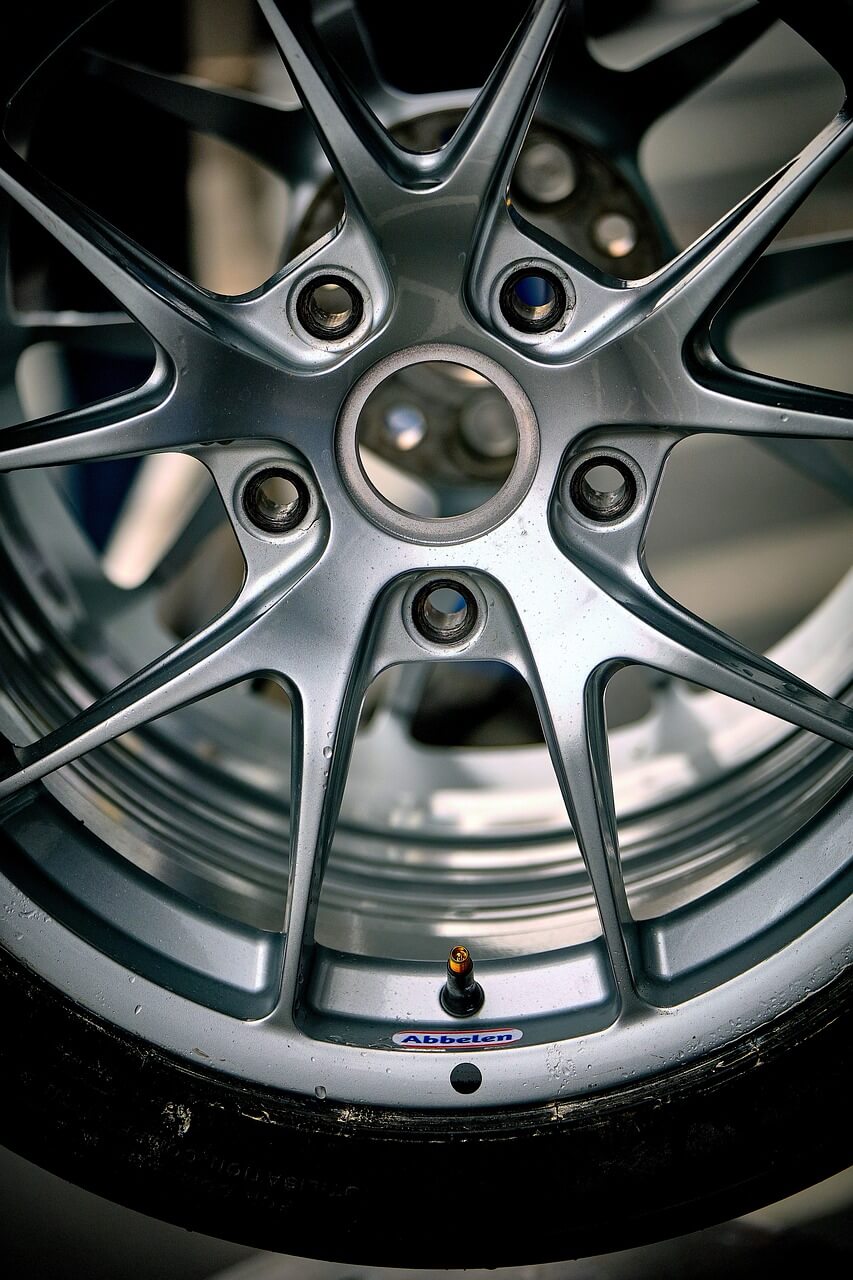Kerb rash can damage the appearance and value of your vehicle. In some cases, it can even harm the structural integrity of your wheels, leading to performance problems. A very common issue, we find that many people are seeking help regarding kerb rash, which is why we’re here to help.
What is kerb rash?
Kerb rash is primarily cosmetic damage to your alloy wheels. A series of scratches, scrapes, and scuffs, kerb rash often leaves your wheels looking worn and tired, which negatively impacts on the overall look of your vehicle.
Whilst kerb rash is usually a cosmetic issue, it can also lead to complications such as uneven tyre wear, and handling concerns, especially when left unaddressed for longer periods. Whilst rare, we would not recommend leaving kerb rash unrepaired, just in case it does lead to any of these concerns, as you might end up having to repair a much bigger problem in the long run.
What causes kerb rash?
Kerb rash is caused when your wheels repeatedly come directly into contact with a kerb, usually whilst parking the vehicle. It can also happen when making a sharp turn, rounding corners, or even veering to avoid an accident.
Kerb rash often begins as a minor problem which just makes your alloys look untidy, but road conditions and other factors such as potholes and brake dust can worsen the effects quite quickly.
Kerb rash detracts from the look of alloy wheels more than most other wheel types. This is because of the vibrant and shiny finish of alloys, meaning that scratches and scuffs are more noticeable and damaging to the aesthetic.

Get your Alloy Wheels Refurbished Today
How to prevent kerb rash
Whilst many people feel like kerb rush is an unavoidable side-effect of driving, there are a few things you can do to avoid running into this issue:
Do I need a professional to fix kerb rash
You should normally seek professional help to fix kerb rash, as that is the only way to guarantee a high quality finish. Professional work ensures that there are no complications, and that repair work is done using the right tools for the job.
However, if you’re unsure, it is possible to try to fix kerb rash yourself. For example, if your kerb rash is only very minor, and the scratches are barely visible up close, you can consider buffing these out before they develop into something worse. You can buy self-repair kits over the counter which will include some basic instructions on how to do the best repair job at home, but remember, if you aren’t 100% confident, it’s safer just to go to an expert.
So, in most cases, we’d recommend using an expert to fix kerb rash. Whilst it is possible to do a decent job of repairing alloys yourself, it’s not always easy, and there are certain risks which usually outweigh the benefits. People often end up spending more on repairs after a botched self-repair attempt.
How to repair kerb rash
If you have decided that you want to try your hand at repairing minor kerb rash yourself, we’d rather you approach the task following expert advice. Here are our steps for how you can repair kerb rash:
Clean the alloy - to begin, clean the damaged area of the wheel, and the surrounding area. This allows for a clear area to work with and conduct vital repairs. Read about the best alloy wheel cleaners.
Sand damage area - using fine grit sandpaper, smooth the damaged area down as much as possible, focusing on any rough edges. Make sure to use a cloth to wipe away any resulting dust.
Apply filler - over the counter repair kits usually come with a wheel filler compound to repair the damaged area. Apply this and spread evenly across the damage.
Sand down - once you’ve applied the filler, you need to resand the area down, to remove any excess filler. Again, use a cloth to wipe down the area, removing any residual dust.
Apply rim protector - using a rim protector can help to prevent future damage, so consider investing in a high quality protector to finish the job.
Hopefully after following these steps, you’ve managed to restore your wheels to their previous state. If not, don’t hesitate to get in contact with us.
Just find your town, and get in touch.
Find your Nearest Alloy Wheel Refurbishment Centre
